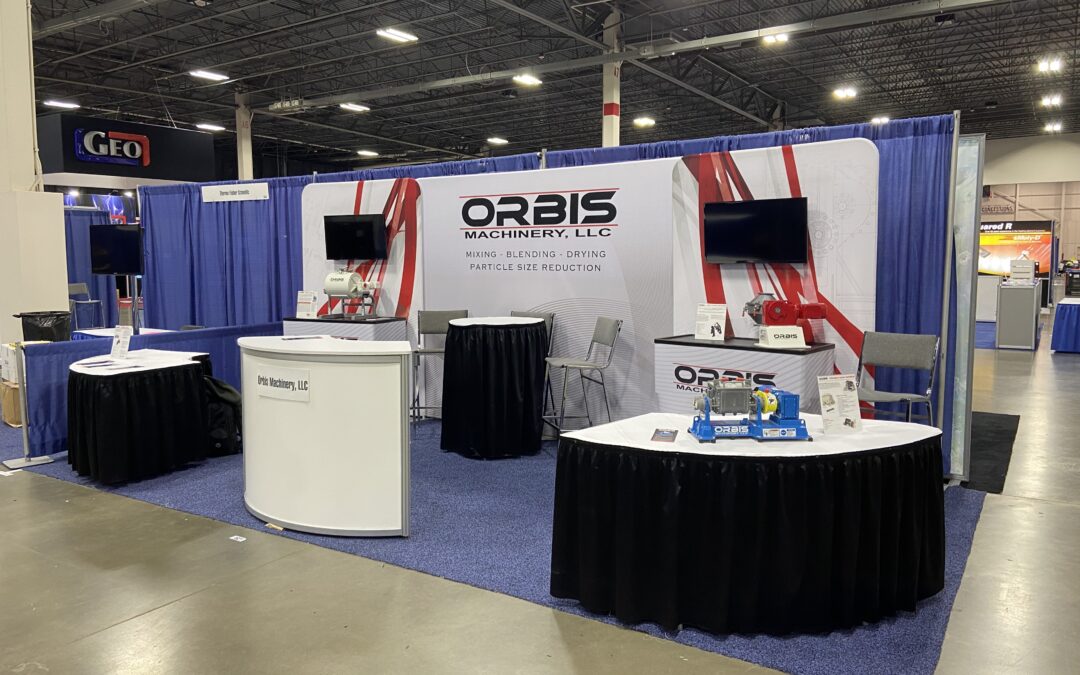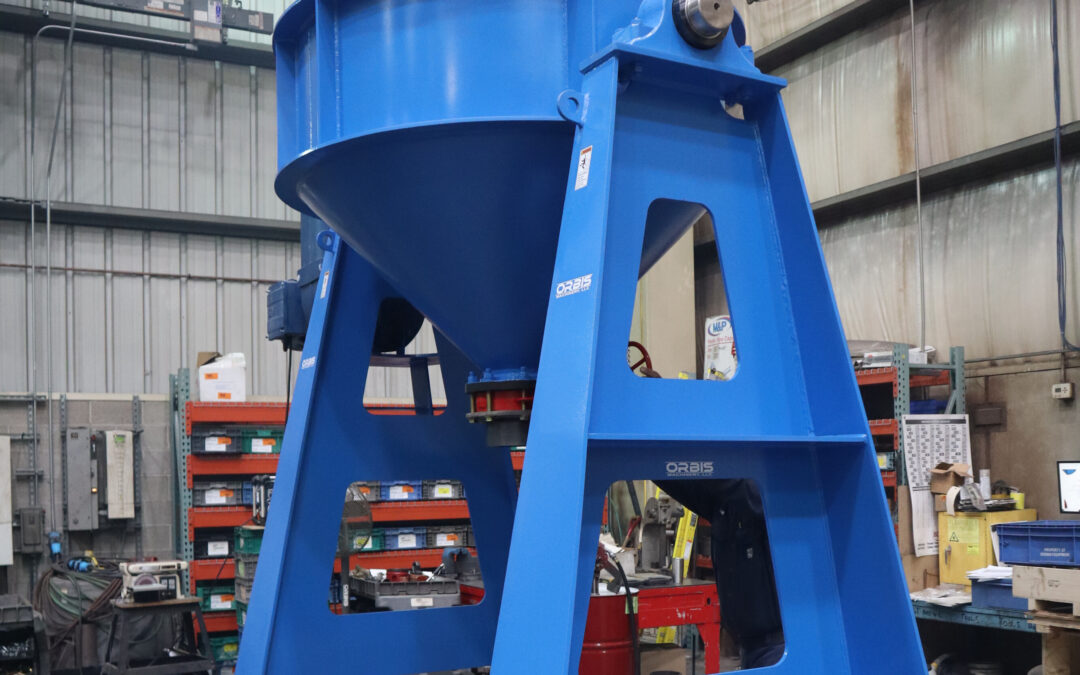Additive manufacturing is a relatively new process that is now taken advantage of in several industries including everything from ceramics to medical applications. For those unfamiliar with the term, additive manufacturing (AM) is defined as the process of joining materials to make objects from 3D model data, usually layer upon layer, as opposed to subtractive manufacturing methodologies. Common terminology also refers to this process as 3D printing. Products manufactured additively can be utilized throughout the life of the product. Some manufactures utilize this process for pre-production, in the case of small-scale prototypes. Others can utilize AM in full-scale production and post-production customization.
AM offers tremendous benefits compared with traditional productions methods. Less hard tooling and assembly completely changed the way products are designed and manufactured today. In addition, the number of materials that AM can handle is constantly expanding. The number of plastics options has grown exponentially and now machines even have the ability to print with ceramics, paper, wood, cement and glass.
Additive manufacturing is most prevalent in industries where higher production costs are outweighed by the value it can provide. Engineering based businesses are given the opportunity to accelerate prototyping, allowing them to design new features and products without the extra cost. This is especially vital in high-value, low-volume businesses. Manufacturing processes become more flexible, require fewer parts, and decrease material waste. Fields that often utilize spare parts such as maintenance and repair can overcome obsolete parts, increase market times, and create more on-demand production opportunities when taking advantage of AM.
Orbis Machinery utilizes AM in a number of ways to not only better demonstrate equipment to clientele but also increase the efficiency of machine designs. When traveling to meet with industry professionals, a full scale machine, even when on the smaller side, is costly and timely to present. Instead of attempting the above steps, our engineers have created desktop sized models that can easily show functionality of the equipment. In addition, new design concepts that have passed program testing can now be 3D printed and directly compared to current models. This increases both the speed and efficiency of designing the best equipment for our customers.
Now is the time for companies to investigate what AM can offer to improve industrialization. By grasping a better understanding of AM and the technologies that are developing, companies have the chance to seize these opportunities for their businesses. Whether printing components for a new prototype or microcomponents for final production, those within the industrial marketplace can benefit from utilizing additive manufacturing within their business.
Additive Manufacturing, Laser-Sintering and industrial 3D printing – Benefits and Functional Principle . (n.d.). Retrieved from https://www.eos.info/additive_manufacturing/for_technology_interested
Meshel, R. (2018, July 16). Large-scale additive manufacturing benefits for industrial OEMs. Retrieved from https://community.plm.automation.siemens.com/t5/Digital-Transformations/Large-scale-additive-manufacturing-benefits-for-industrial-OEMs/ba-p/492365



